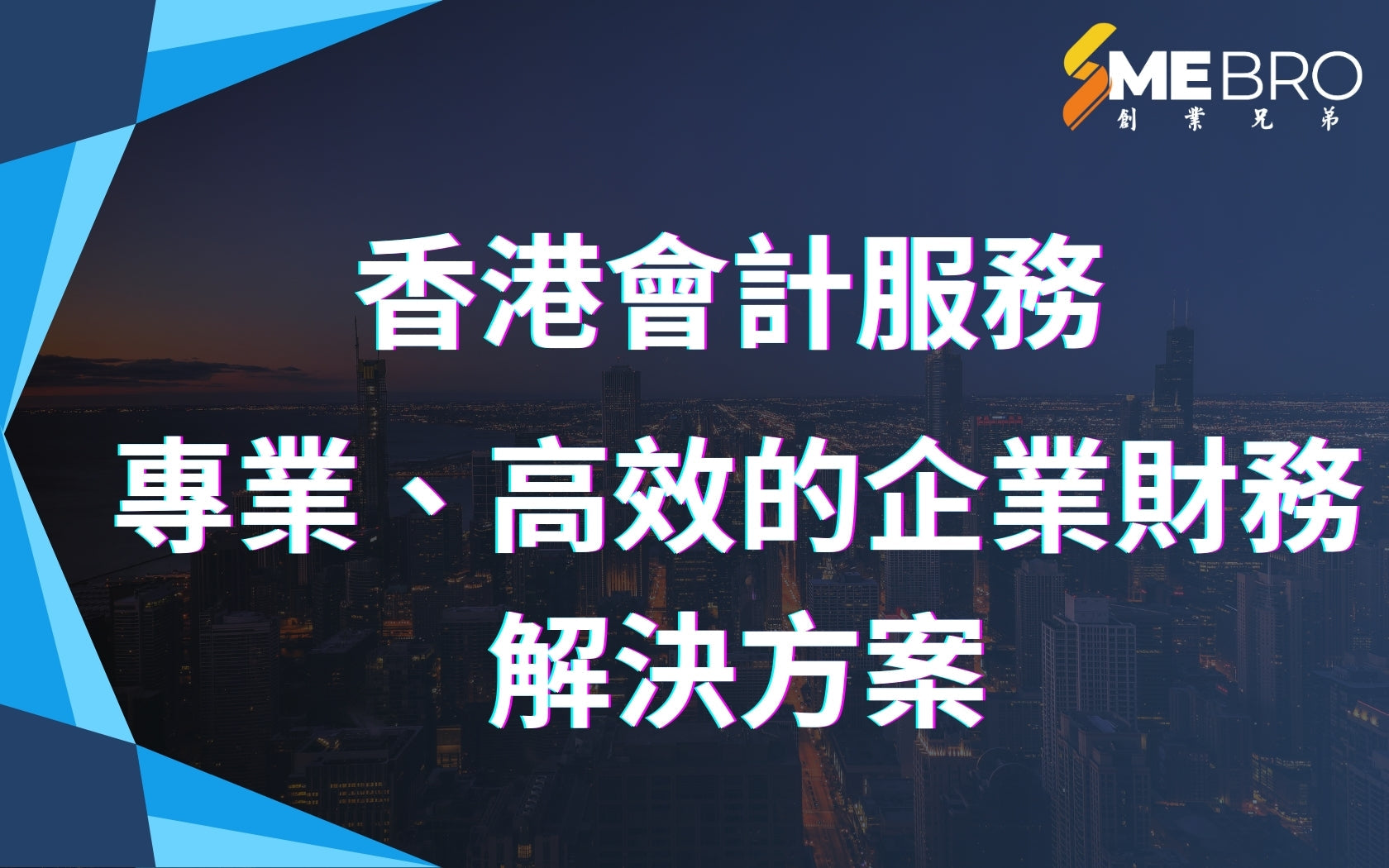The economic synergy between China and Southeast Asia has reached unprecedented levels, driven by China’s Belt and Road Initiative (BRI), the Regional Comprehensive Economic Partnership (RCEP), and the rapid digital transformation across ASEAN markets. As businesses expand across borders, the demand for skilled professionals who can navigate both regions’ business landscapes has surged. This is where specialized cross-border headhunters step in—acting as strategic partners in talent acquisition, cultural mediation, and compliance navigation.
The Growing Demand for Cross-Border Talent
1. Chinese Companies Expanding into Southeast Asia
Chinese tech giants (e.g., Alibaba, Tencent, ByteDance), manufacturing firms, and green energy companies are aggressively entering Southeast Asia. However, localization challenges—such as language barriers, regulatory differences, and cultural nuances—make hiring the right talent critical.
-
Key Roles in Demand:
-
Local Country Managers (e.g., an Indonesian GM for a Chinese e-commerce firm)
-
Bilingual Tech Talent (engineers fluent in Mandarin and English or local languages)
-
Supply Chain & Logistics Experts (to navigate ASEAN’s fragmented markets)
-
2. Southeast Asian Firms Entering China
Conversely, Southeast Asian companies—particularly from Singapore, Malaysia, and Thailand—are tapping into China’s vast consumer base and tech ecosystem.
-
Key Hiring Needs:
-
China Market Entry Specialists (e.g., a Thai F&B brand hiring a Shanghai-based marketing lead)
-
Tech & AI Talent (Singaporean fintech firms recruiting from Shenzhen/Hangzhou)
-
Government & Regulatory Affairs Experts (to handle China’s complex compliance landscape)
-
The Role of Cross-Border Headhunters
1. Cultural & Linguistic Matchmaking
Unlike traditional recruiters, cross-border headhunters must assess:
-
Language Proficiency (e.g., Mandarin for Chinese firms, Bahasa/Thai/Vietnamese for local hires)
-
Adaptability (Can a Chinese executive thrive in Indonesia’s consensus-driven business culture?)
-
Local Market Knowledge (Does a Vietnamese sales director understand China’s tiered city markets?)
Case Study:
A Shenzhen-based AI startup needed a Malaysian AI Product Lead who understood both Chinese tech ecosystems and Southeast Asian user behavior. A headhunter identified a candidate who had studied in Beijing and worked at Grab—bridging the gap perfectly.
2. Navigating Legal & Visa Complexities
Work permits, tax regulations, and employment laws vary drastically:
-
China: Strict work visa requirements (often requiring a bachelor’s degree + 2 years’ experience)
-
Southeast Asia: Some countries (e.g., Vietnam, Thailand) mandate local hiring quotas for foreign firms.
Headhunters partner with immigration lawyers to streamline relocation.
3. Salary Benchmarking & Compensation Structuring
Salary disparities are significant:
-
A senior software engineer in Singapore may earn 2-3x that of a counterpart in Vietnam.
-
Chinese firms often offer expat packages (housing, schooling, tax equalization) to attract top ASEAN talent.
Headhunters mediate negotiations to align expectations.
Challenges in Cross-Border Recruitment
1. Talent Shortages in High-Growth Sectors
-
Digital Economy: Shortage of data scientists, cybersecurity experts, and digital marketers.
-
Green Energy: China’s solar/electric vehicle firms compete for ASEAN engineers.
2. Retention Risks
-
Culture Shock: Many Chinese expats struggle with Southeast Asia’s slower decision-making pace.
-
Reverse Culture Shock: ASEAN professionals returning from China may find local salaries uncompetitive.
3. Rising Competition from Local Firms
-
Southeast Asian unicorns (e.g., GoTo, Grab) now rival Chinese firms for top talent.
Future Trends & Opportunities
1. Remote & Hybrid Work Models
-
Cross-border “digital nomad” roles (e.g., a Filipino UX designer working remotely for a Shanghai startup).
-
Headhunters must adapt to virtual recruitment and global payroll solutions.
2. Niche Specialization
-
Industry-Specific Headhunting:
-
Fintech (Singapore/China cross-border hires)
-
Electric Vehicles (Chinese automakers in Thailand/Indonesia)
-
E-commerce (Lazada/Shopee recruiting from Alibaba/PDD talent pools)
-
3. AI-Driven Talent Mapping
-
Tools like LinkedIn Talent Insights and local job platforms (JobsDB, Zhaopin, Glints) help headhunters identify passive candidates.
Conclusion
The China-Southeast Asia talent corridor is booming, and cross-border headhunters are the linchpins of this ecosystem. By mastering cultural intelligence, regulatory compliance, and strategic talent mapping, they enable businesses to thrive in two of the world’s most dynamic regions.
For companies eyeing cross-border expansion—or professionals seeking international careers—partnering with the right headhunter could be the ultimate competitive advantage.



